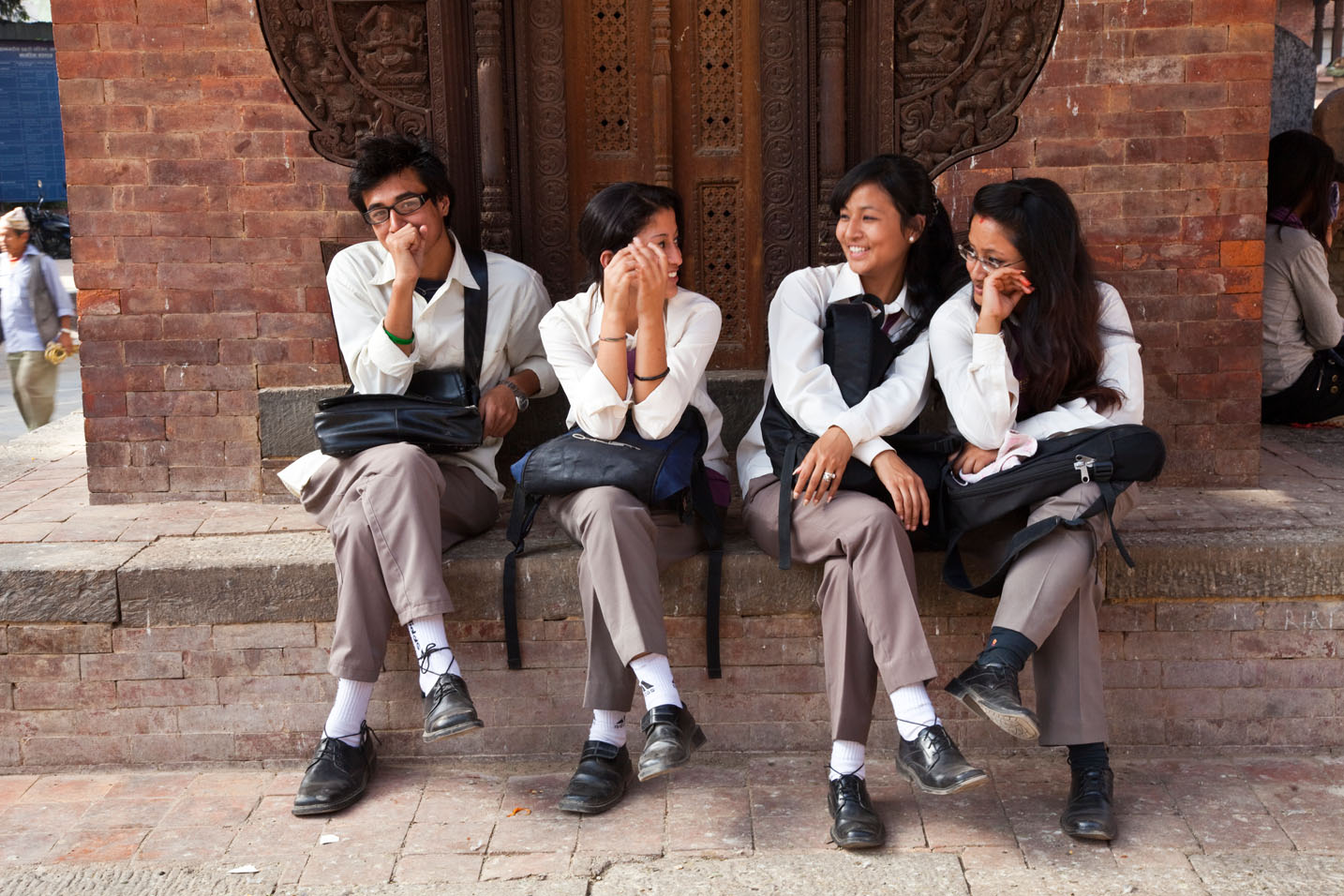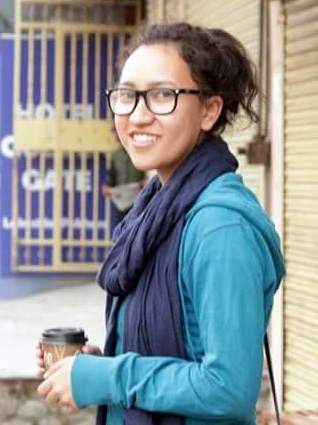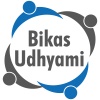Changing Our Education System, Changing Nepal
“Education is the most powerful tool which can be used to change the world.” – Nelson Mandela.
Nepal has made significant progress over the last couple of decades when it comes to increasing access to education. As a country with one of the youngest education systems in the world, Nepal, when it became a democracy in 1951, only had 9,000 pupils in primary, 1,700 in secondary schools, a little over one hundred in two undergraduate colleges and there was no university. Currently, Nepal has a basic net enrollment rate of students in primary school (grade 1-8) of 86.6 percent (UNICEF) with more than 7488248 students are enrolled in grade 1-12.There are more than 34,000 schools (grade 1-12), 3596 higher secondary schools (Flash I 2014/15, Department of Education) and 1300 higher education institutions including 9 universities and 1369 campuses (University Grants Commission 2015).
While access still remains uneven, the key challenge for the education system in Nepal is ensuring quality of education in order for children to achieve better learning outcomes. Traditionally, the Nepali educational model has been grounded on theoretical educational approaches, which follow a standardized curriculum. In many schools, students are still primarily taught from text books and are assessed mainly on the basis of how much they can memorize classroom contents by heart. There is very little scope for contestation, questioning or initiative, which are essential skills that not only shape an individual’s own ability to critically think for themselves but also impacts a society’s ability to reflect, challenge and reinvent itself.
More recently, there have been some early signs of some positive change within our education system with practical or applied learning gaining popularity as an alternative teaching and learning methodology. In practical or applied learning, students are taught to apply knowledge and skills gained from traditional classroom learning to hands-on and/or real-world settings, creative projects or independent or directed research. The main philosophy behind practical or applied learning is that children are active learners rather than passive recipients of information. The approach recognizes that a child’s early experiences are formative and that the associations they form early in life are long-lasting. As part of practical education, children are encouraged hands-on learning based on a curriculum that allows children to “experiment”, learn, and have fun at the same time.

Practical education focuses on relevant matters of the world to the students by placing them in real life situations thereby preparing the children for the future. As part of the approach, children are not only taught about the meaning of a given event or situation, but at the same time, are explained the logic behind it. For an example, many students don’t like going through their history books, because they find them boring. As such, they face difficulty in remembering a historic event such as the battle of Nalapani, fought between the forces of the British East India Company and Nepal between 1814–1816. A practical approach can be making the students visit the historical sites and explain why a certain historical event is important. While visiting Nalapani would not be possible, making a replica for the students themselves to reenact the battle in would help grab the attention of the students and would most likely be very effective in helping them remember this historic event.
Improving the quality of education is not only an issue limited to the realm of primary education, but also extends to higher education with huge variations between higher education institutions in Nepal. Some higher education institutions have started to make a shift. For example, Kathmandu University and affiliated educational institutions have taken a step forward to address the need of practical education in the current education system by incorporating practical education alongside more theoretical teaching.
While theoretical knowledge remains an important foundation, practical education has many benefits beyond just the class room. By engaging students in practical activities resembling real life situations, they do not only develop an in-depth understanding of a topic but also various life skills — communication, creativity and critical thinking, collaboration and cooperation, research, leadership, and entrepreneurship skills, which are essential for their future and for the future of our country. If we want to change Nepal, we need to start at the basis.

Apekshya Pal
BA in Development Studies
National College
The views and opinions expressed in this blog are those of the author and do not represent the views of Bikas Udhyami.
